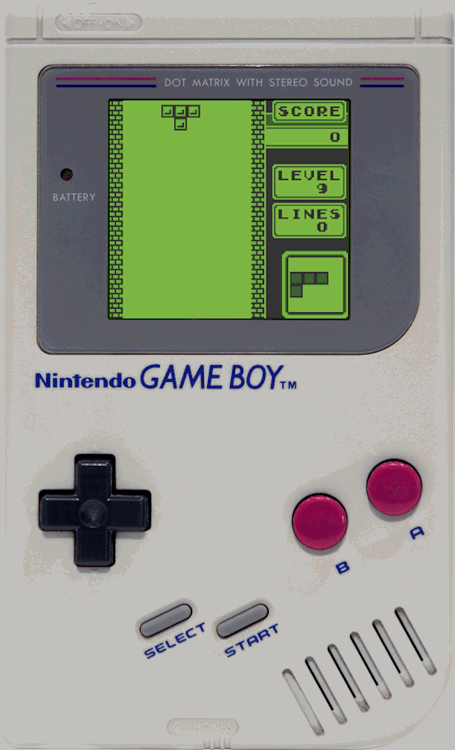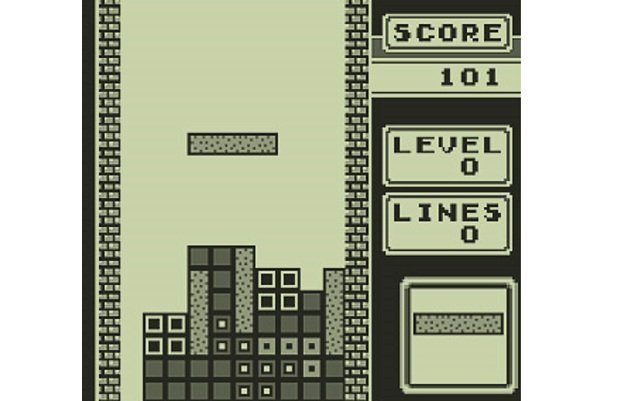A few decades ago the masses believed video games were a waste of time for lackadaisical youths to pacify themselves while ignoring their responsibilities as both kids and young adults. As more and more people started understanding the benefits of gaming so too did the perception of what a video game is and, most importantly, the benefits gaming can bestow on a person’s life changed. Hi, my name is James Bullock and I am a gamer who has spent the better part of his existence testing the laws of physics, exploring the vastness of a world ruined, and been a champion inside various arenas courtesy of digitized worlds both driven by reality and created through pure unbelievable ingenuity unlike anything seen by human eyes. And as a gamer I’ve discovered something else video games provide: life lessons. Today I examine the puzzle game that has become a staple for consoles around the world for nearly four decades, “Tetris”.
Everyone & Everything Has Its Place (“Tetris”)
Almost a year before this gamer’s birth, a young man by the name of Alexey Pajitnov worked on and designed a little puzzle-centric experience that would become one of the biggest success stories in gamin history. Derived from a Greek numerical prefix and the name of Pajitnov’s favorite sport, “Tetris” was given to the world so anyone who ever looked at their bathroom tiles and started breaking down the potential shapes & designs to make toilet time a lot of fun during a time when cell phones & tablets didn’t exist. Eventually Pajitnov’s work would become a historic piece of software as it was exported from the Soviet Union to the United States in an unprecedented move that allowed owners of IBM PCs and/or the Commodore 64 to play it no matter what side of the Atlantic Ocean you lived on in the mid-1980s. But it was the late ‘80s early 1990s that really put “Tetris” on the map thanks to the game being ported to the original Nintendo Game Boy system. Once again, for you youngsters who weren’t around for the days of non-rechargeable batteries that wouldn’t last a good five hours (and that’s giving it a lot of leeway), the original Game Boy was a fat, gray block with a screen that could barely display anything other than three shades of green & brown. Thankfully “Tetris” didn’t need to be a looker because the gameplay is just as strong now as it was thirty-plus years ago; let alone appear in 4K to get across Pajitnov’s greatest lesson: there’s a place for everything and everyone.

The point of “Tetris” is simple as the player must line up various geometric shapes all composed of four square blocks at the bottom of the screen that is continually rising if the player can’t make full horizontal lines fast enough that they disappear and add more points to the player’s total. The game’s simplicity leads to it being incredibly addictive both as a single player game and one where people can play together at the same time or, like we old heads used to do, pass around the Game Boy after your turn ended. But in truth “Tetris” is a great example of how everything, not matter the shape, size or even color fits in somewhere. This lesson doesn’t just relate to oversized blocks, but also people as we all try to find that position that feels natural and perfectly made for us that can be surrounded by likeminded individuals or even people you never thought in a million years would be your friend. If you think there’s no place for you in this world or it’s taking too long for you to find your spot in life, don’t give up; it’s just taking a while for your shape to float down into its proper position.

Have you learned any major life lessons from playing “Tetris” or any video game for that matter? Leave them in the comments below and, as always, thanks for reading.
